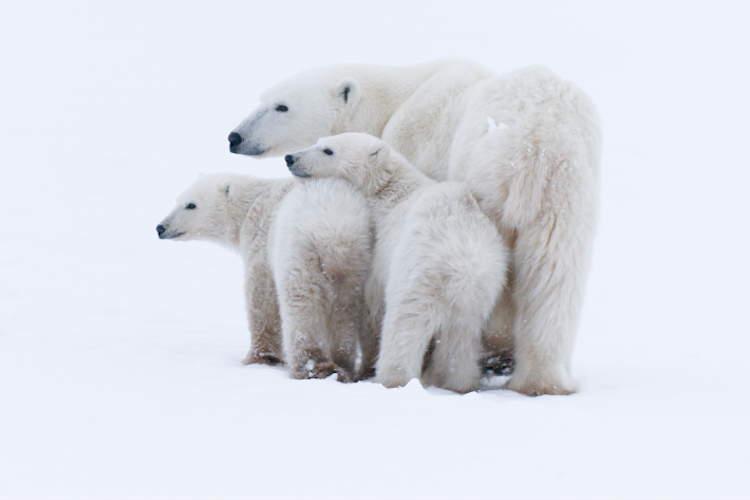Polar Bears International staff have been conducting outreach with locals and visitors alike from its interpretive centers in Churchill, Canada, and Svalbard, Norway, this summer. Here, Kayla McCurry and Dr. Louise Archer talk about what that has been like, and the differences between two locations known for their polar bears.
Churchill base camp
Churchill, Manitoba, Canada, is famous for its polar bears and is the best place in the world for most people to see polar bears in the wild each fall. But Churchill is more than those few weeks in October and November. Every summer, it comes alive as wildflowers bloom, thousands of migrating birds gather, and belugas throng the Churchill River and the coastal waters of Hudson Bay.
From July 1-August 31, the Polar Bears International House in Churchill is open for visitors, just as it is in the fall and during the winter northern lights season. Although summer tourists aren’t likely to have come to town solely in search of polar bears, PBI Outreach Specialist Kayla McCurry says that many of them still want to talk and learn about them.




















